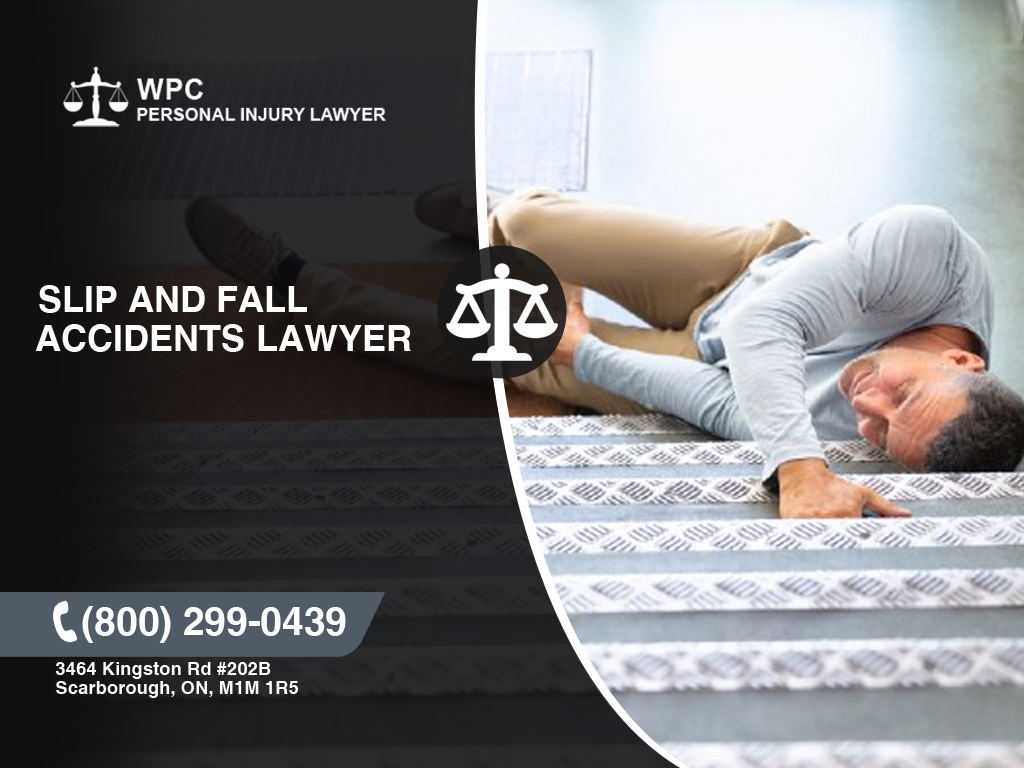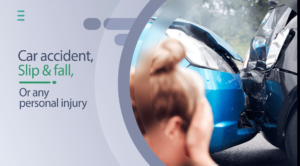In order to win a personal injury case, the plaintiff must show that the at-fault party failed to exercise the proper type and amount of care. According to the legal system, the proper type and amount of care is the sort that a reasonable person would use in the same situation.

The role for the elements of negligence
Someone that has alleged that an opposing party was negligent must prove in a court of law that the actions of, or inaction by, that same opposing party had satisfied all of the elements of negligence.
—It must be shown that the allegedly responsible party had a duty to care about the plaintiff’s safety.
—It must be shown that the allegedly responsible party had breached his or her recognized duty.
—It must be shown that the responsible party’s breach caused the injury that was sustained by the plaintiff.
A breaching of duty could take place in one of two different ways
—The breach could consist of performance of an illegal or unsafe action.
—The breach could consist of the failure to carry out a safe and needed action.
What was the proximate cause of the accident?
Did an action by the allegedly responsible party qualify as a proximate cause?
Had that same party’s action produced foreseeable consequences? A “yes” answer would indicate that the same action had been a proximate cause.
Could a reasonable individual have foreseen the injury sustained by the plaintiff? A “yes” answer would suggest that a reasonable individual would not have performed the action that caused the injury to the plaintiff.
In the absence of the proximate cause, did it seem likely or not that the injury to the plaintiff would become a reality? A “no” answer would allege that introduction of the proximate cause had accounted for the harm to the plaintiff.
The key words in an argument that the allegedly at-fault party had been negligent
Reasonable: The same party’s action or lack of action did not copy the expected action of a reasonable individual.
Likely or not: What was the likelihood that the plaintiff would have suffered the reported injury, if he/she had not come under the influence of the proximate cause? In other words, could a reasonable person have foreseen the harmful consequences from the at-fault party’s actions?
Proofs for a given party’s negligence differ from any proofs of an allegation that the same party has committed a crime.
The question of negligence becomes the focus of arguments in a civil court. The question regarding who carried out a given criminal action becomes the focus of arguments in a criminal court.
In a criminal court of law, an acceptable proof for a defendant’s commission of a crime must be true beyond a shadow of a doubt. In a courtroom where judges hear civil cases, an acceptable poof of negligence must be one that is more likely than not true.
How should a judge or jury determine whether or not a presented proof of negligence might be deemed more likely than not true?
First, the judge or jury would have to consider the nature of the defendant’s action. Had it represented the expected action from a reasonable individual? If the issue were the defendant’s failure to act, would a reasonable person have hesitated to act in a similar situation?
Next, the judge or jury would have to determine whether or not that same action had served as a proximate cause for the plaintiff’s injury. Had it been an action with foreseeable consequences? Should any foreseeable consequences have served as a warning that the plaintiff could be placed in danger, following introduction of the defendant’s action?
In what sort of personal injury case might a judge and jury need to make the sort of determinations that were described above?
The findings from such determinations might influence the decision in a case where an individual or group has sued a business for negligence. Such a situation could play out, if a grieving family has filed a wrongful death suit.
For instance, after one of the earthquakes the family of one man sued that same man’s employer. The employee had been ordered to clean a given parking lot, one that was situated under several floors. The same employee was carrying out his assigned duty at the time of the earthquake, and the falling debris from the above floors killed him.
The employer had not made an unreasonable request. The employer could not have foreseen the consequences from the employer’s readiness to carry out that same request. In the absence of any foreseeable consequences, the employer could not have received any warning, regarding a potential danger to the employer, a loved one in the family that had chosen to sue for the wrongful death.
Perhaps in the eyes of the decedent’s loved ones, the employer had been negligent. The employer’s decision had resulted in the death of an employee. The family that brought the lawsuit was grieving for the loss of their loved one.
Still, the law does not say that a reasonable person must be a perfect person. Perhaps a perfect individual would have accounted for the fact that anyone in the parking lot could be killed by one of nature’s unpredictable earthquakes.
Yet a reasonable person would not necessarily have that thought. Hence, the judge or jury decided against the grieving family, and did not agree to award them any money.
No matter how confident we feel about our own abilities as lawyers/paralegals or prosecutors, there may be times where we need extra help from professionals who specialize in specific areas related with law enforcement agencies. Thus, we work with a plethora of other experts to ensure that you get justice.
Thus, if you are seeking damages and justice after an accident in Scarborough, your search ends with us. Call WPC Law today at 1-800-299-0439.




